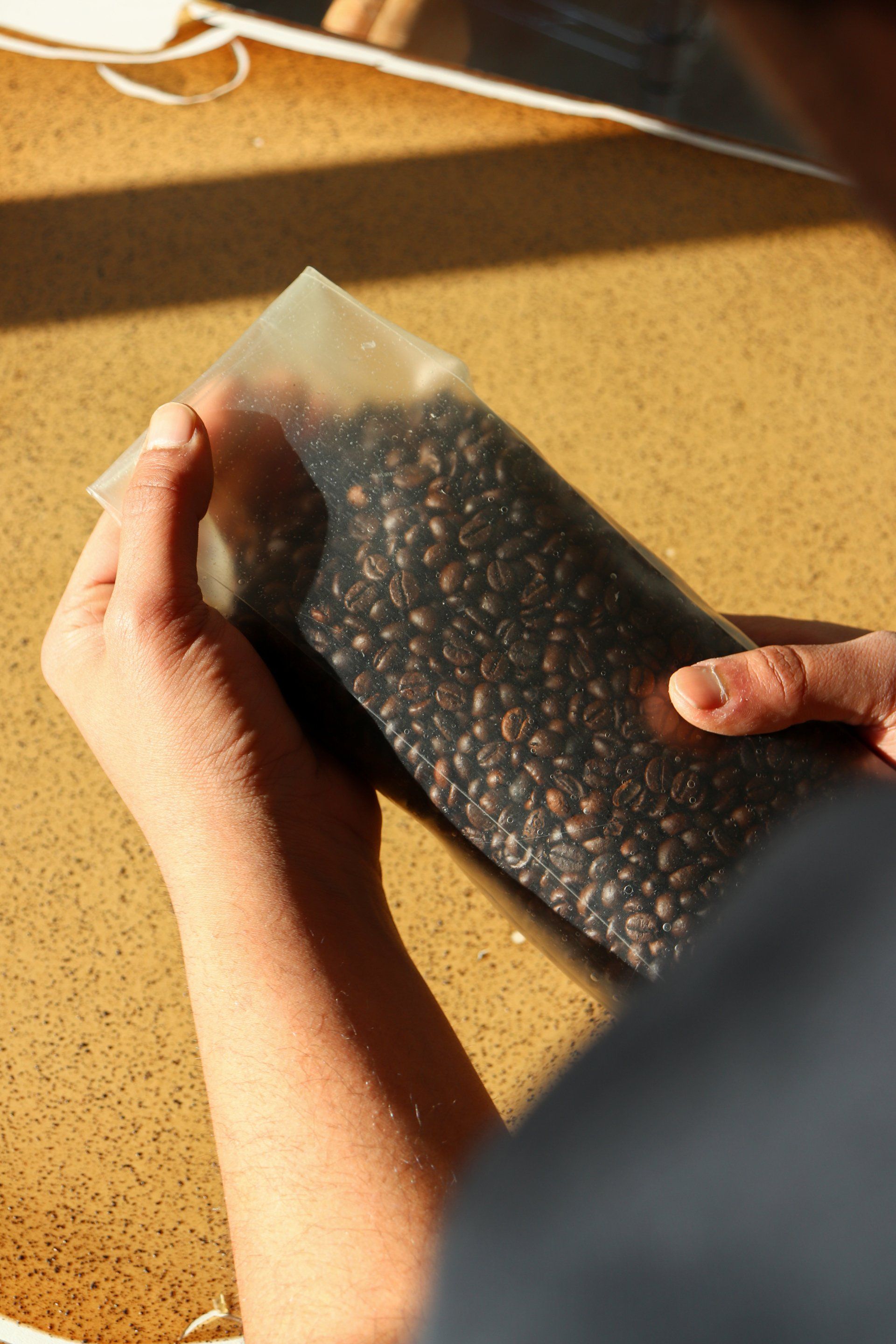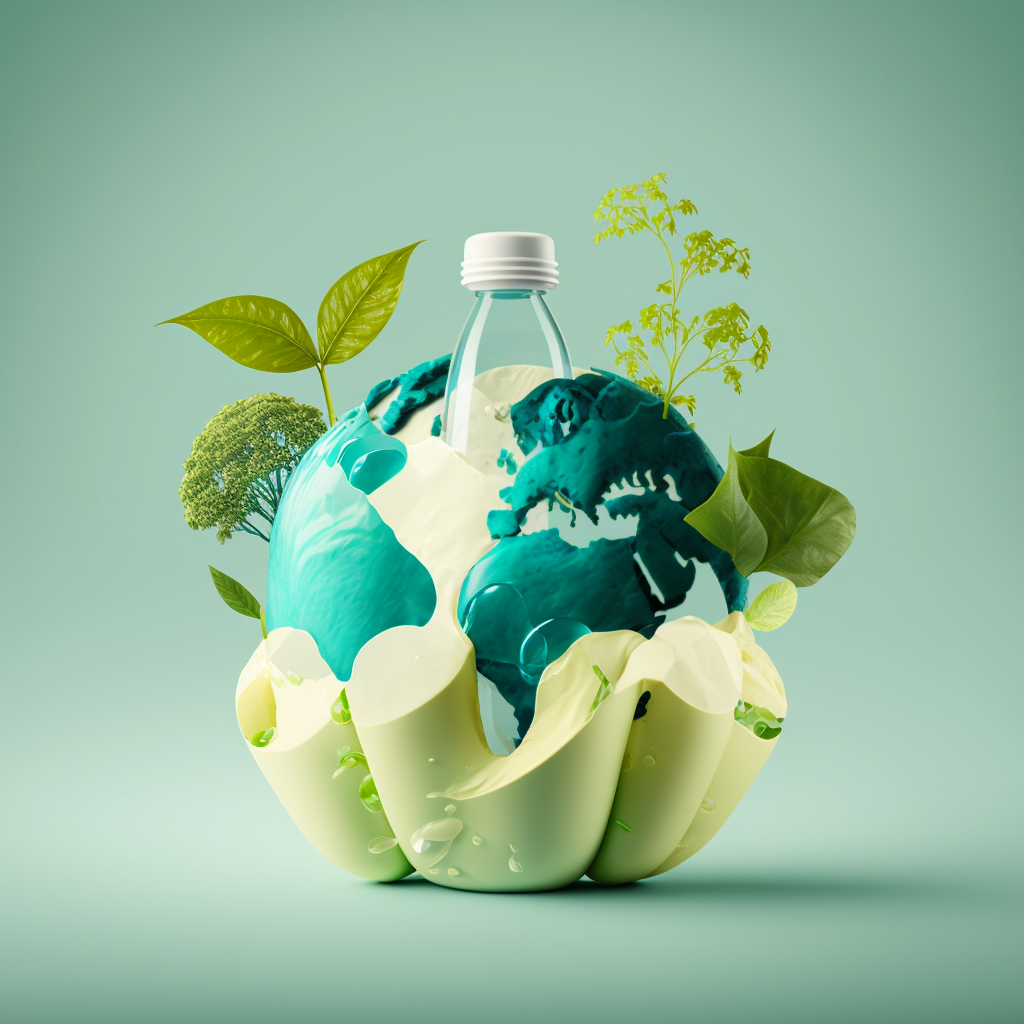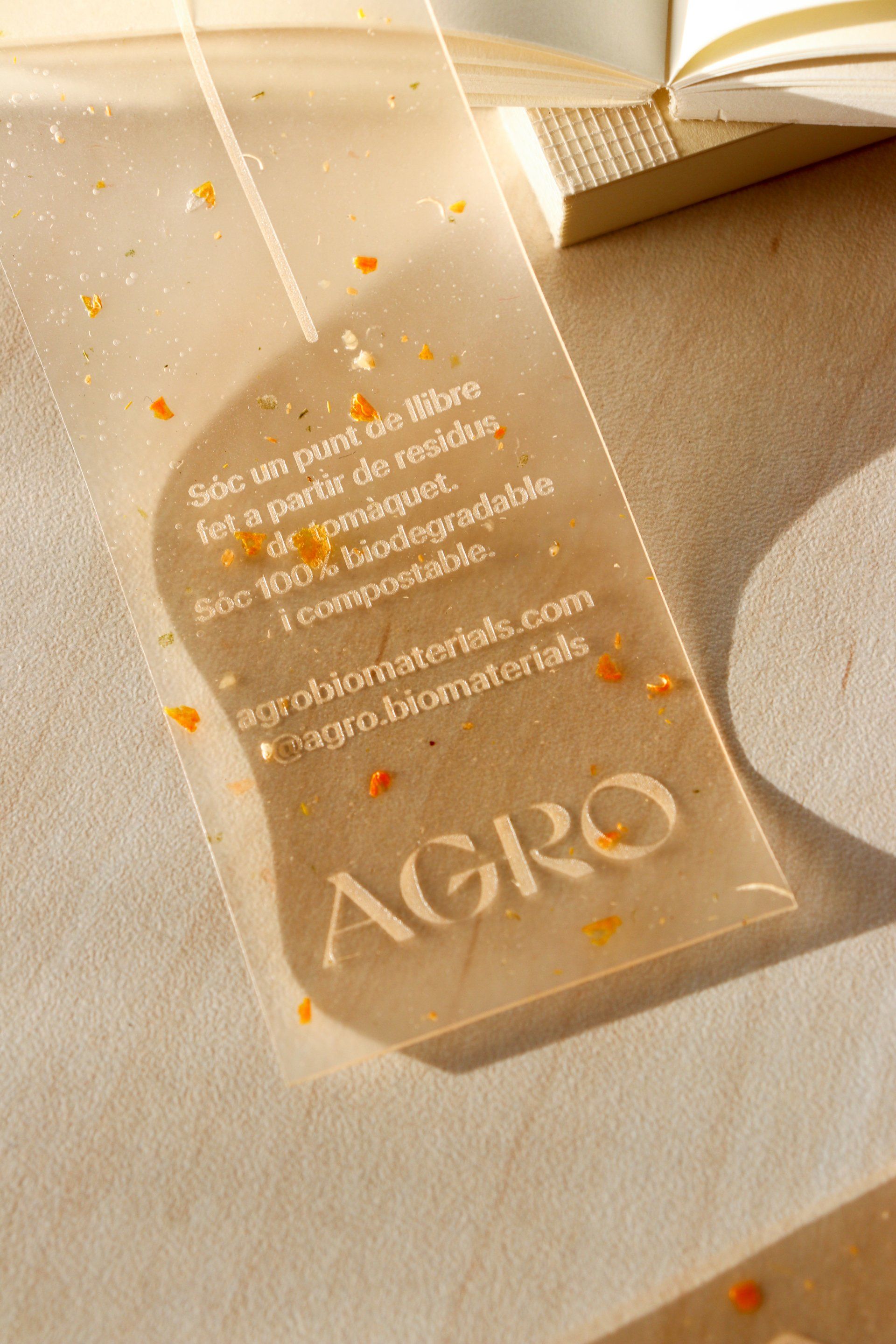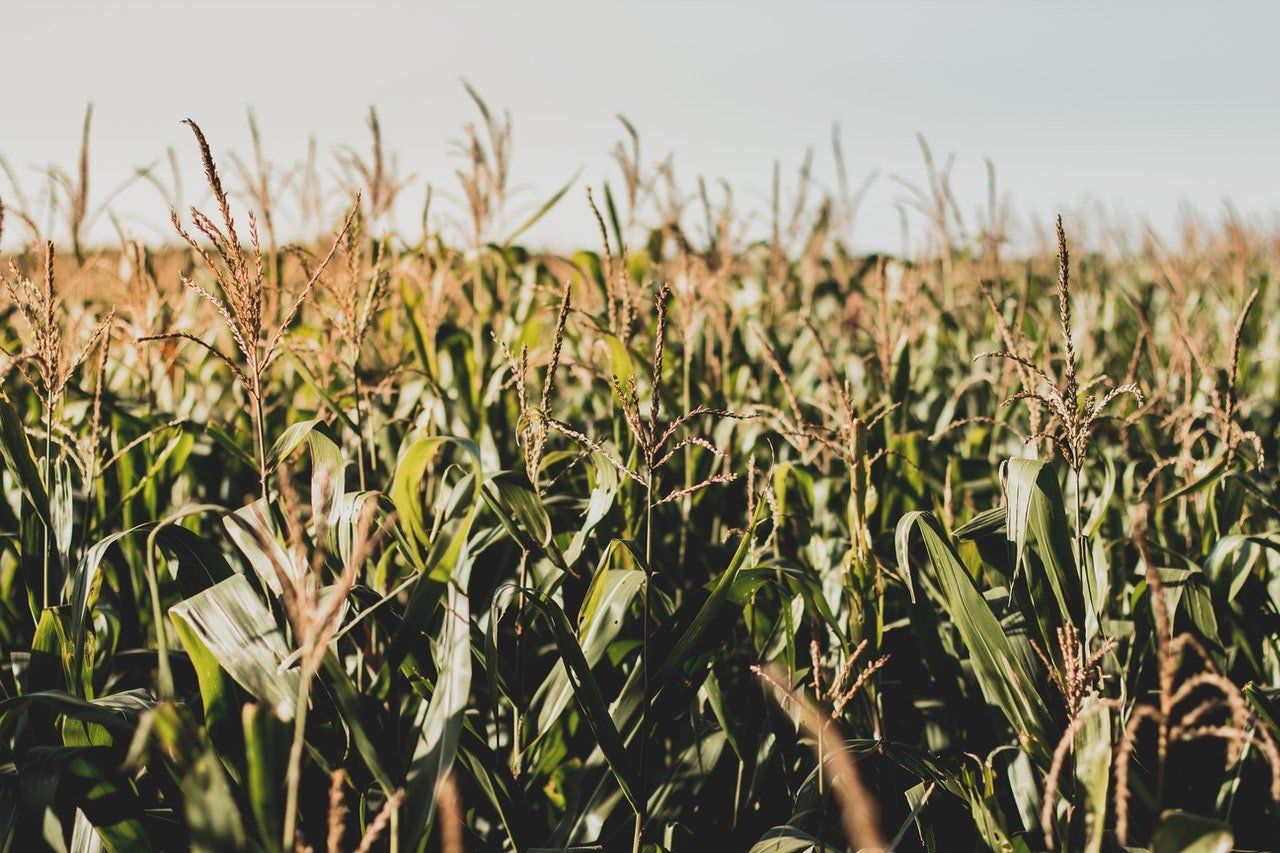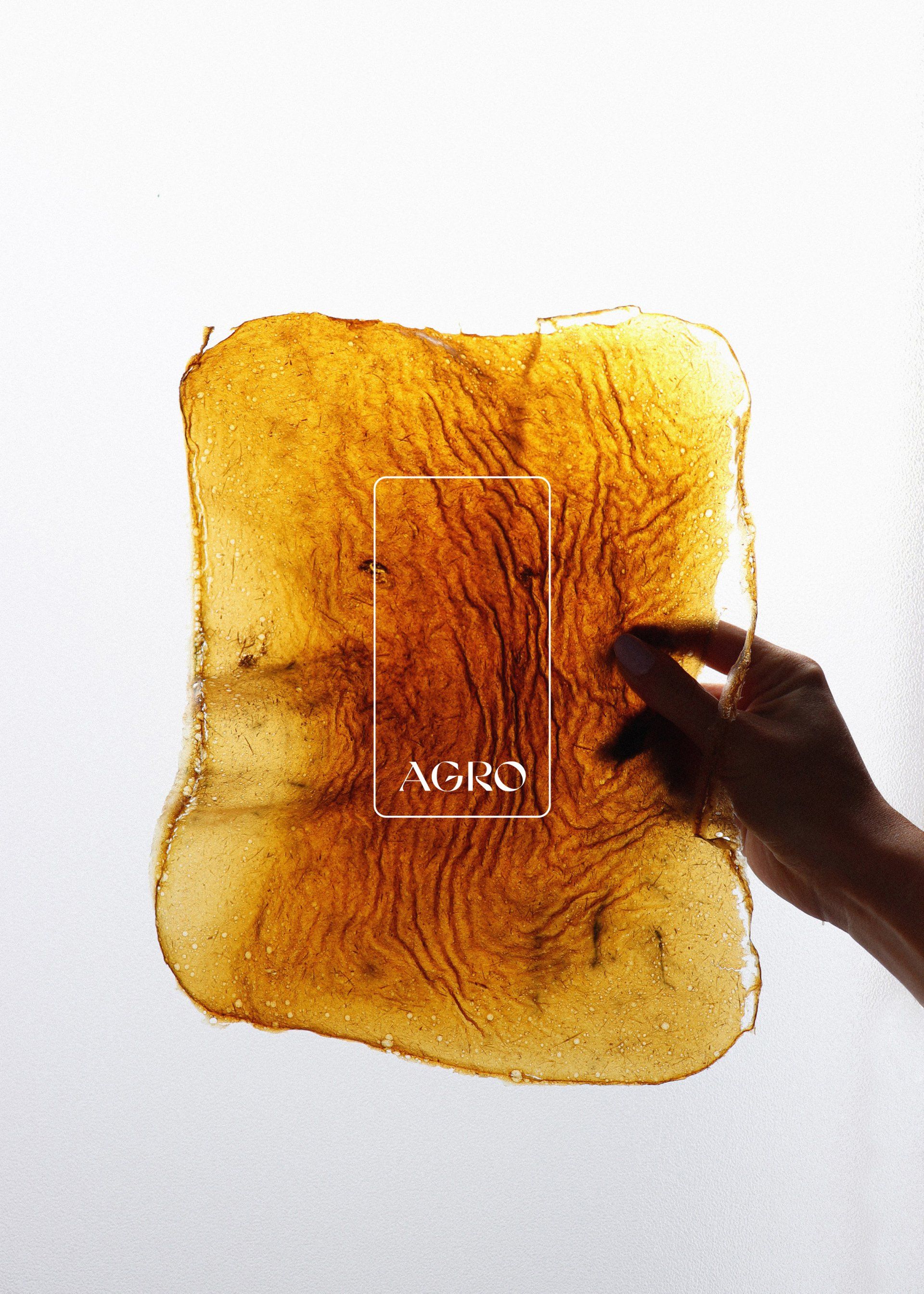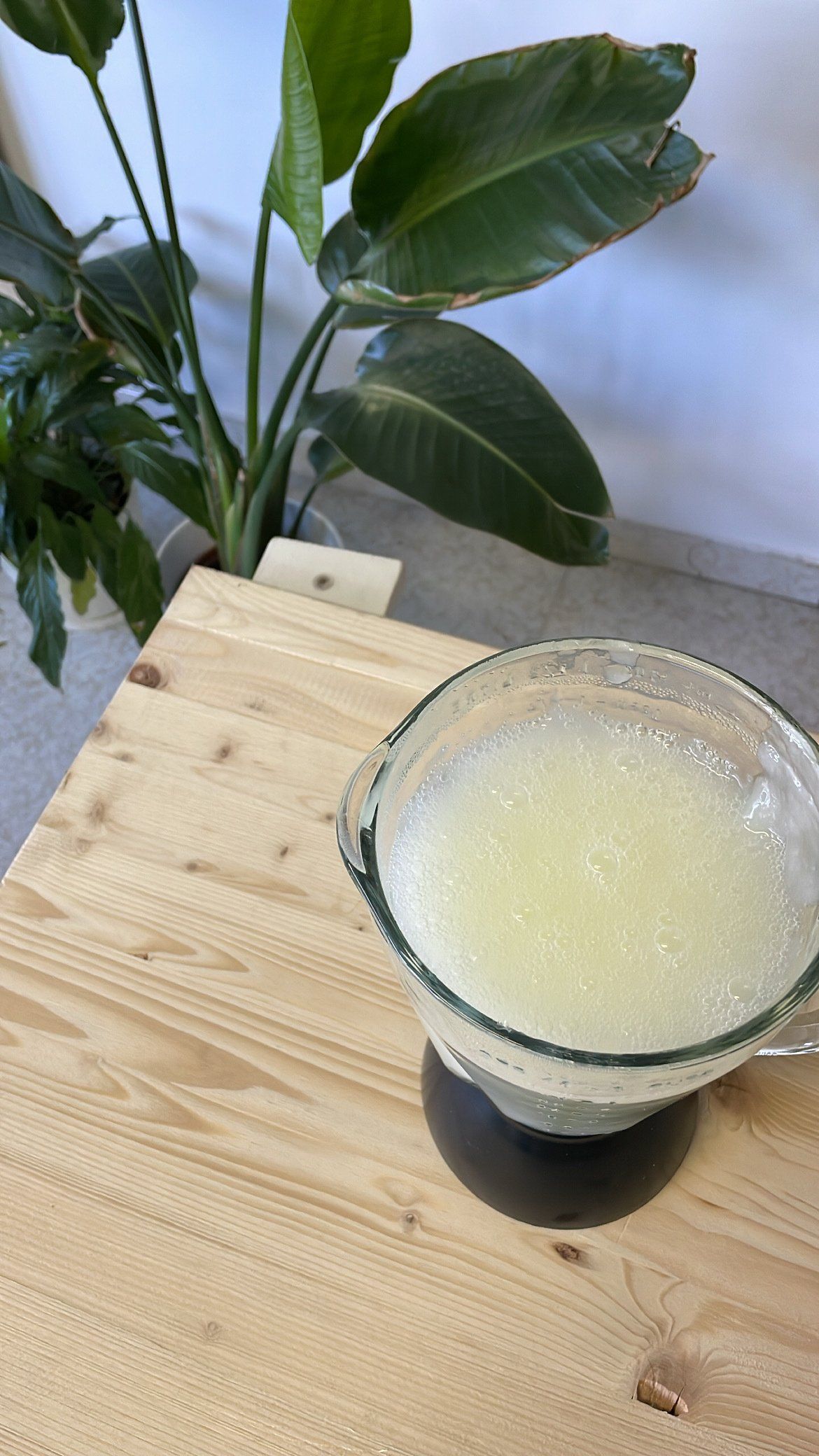The promising future of bioplastics
As a general rule, when we talk about bioplastics, we are talking about biodegradable materials that are biodegradable, plant-based and renewable. From plant-based and renewable materials. Their manufacture and use is continuously increasing, being surely a short and long term solution to the use and treatment of conventional plastics. and treatment of conventional plastics. According to forecasts, bioplastics are expected to have an exponential growth in our society in the coming years.
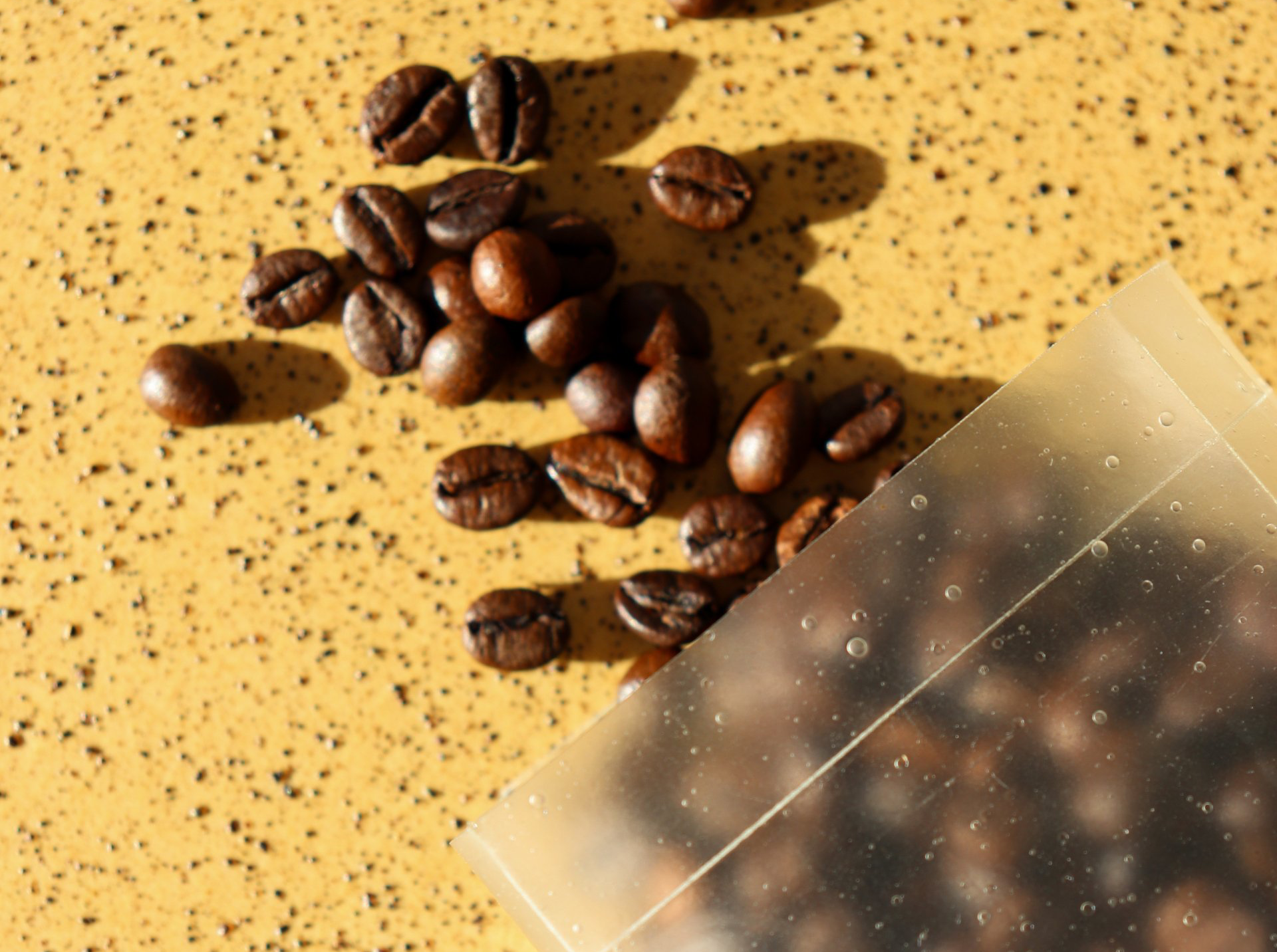
How can we define a Bioplastic?
As a general rule, as we mentioned at the beginning of this article, a bioplastic is manufactured from biological materials and not from petroleum, and the resulting formula gives rise to a material very similar in appearance and properties to conventional plastic, but with the great difference that bioplastics are recyclable, biodegradable and compostable. We can speak of a 360º product, i.e. manufacturing and recycling are part of an infinite circuit.
As a general rule, this is also the case with Agro bioplastics. Most of the formulas that make up a bioplastic are based on natural polymers obtained from agricultural products or residues such as cellulose or corn starch and more specifically, as is also the case with the AGRO product, with fruit peels and skins.
Currently we can find different Bioplastics,
Conventional bio-based plastics:
Like bio-based polyethylene (PE) and polyethylene terephthalate (PET), they possess properties identical to their conventional versions. These bioplastics are technically equivalent to their fossil counterparts, but what makes the difference
is that they can help reduce a product's carbon footprint. In addition, they can also be recycled almost infinitely.
Plásticos de base biológica, biodegradables y compostables
Such as polylactic acid (PLA), polyhydroxyalkanoates (PHA), polybutylene succinate (PBS) and starch blends.
These innovative materials offer solutions with completely new functionalities, such as biodegradability and compostability. PHA in its natural form is similar to kitchen cling film, except that it is a true bioplastic. In addition, it can be used, for example, in injection molding to build automotive parts among other uses.
Plastics based on fossil and biodegradable resources
Such as PBAT and PCL, but which in the future could be produced with a biological base.
And the 100% nature bioplastics (Berta miret aquesta denominació) as the AGRO project, which define all the ingredients of these bioplastics in 100% natural base, without any chemical component. The European Union is legislating to promote research and the use of this type of biodegradable plastics and at the same time limiting the use of traditional plastics derived from fossil fuels.
These actions condition and promote the research of Bioplastics worldwide. Currently, this research is offering very promising results in terms of improving their properties of durability, flexibility, transparency, resistance, etc.
The advantages of bioplastics are evident since they offer unquestionable environmental advantages and do not integrate any toxicity, thus being very useful for food packaging.
From Agro we investigate in different areas in terms of future applications for our bioplastics and in the same way we encourage research from our work, offering our AGRO Kit, so that users can investigate from the original recipe, providing improvements, new ideas and new applications.
